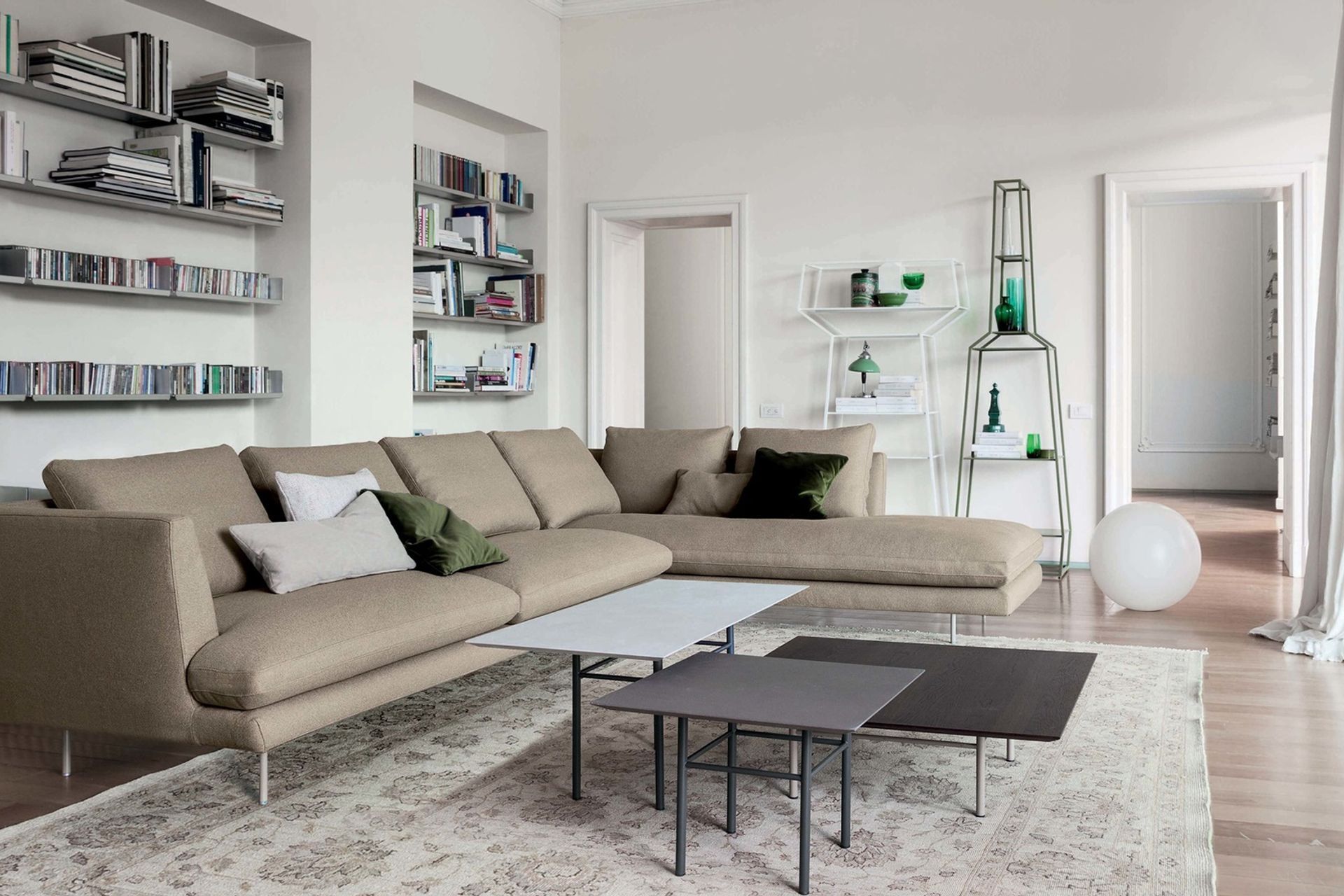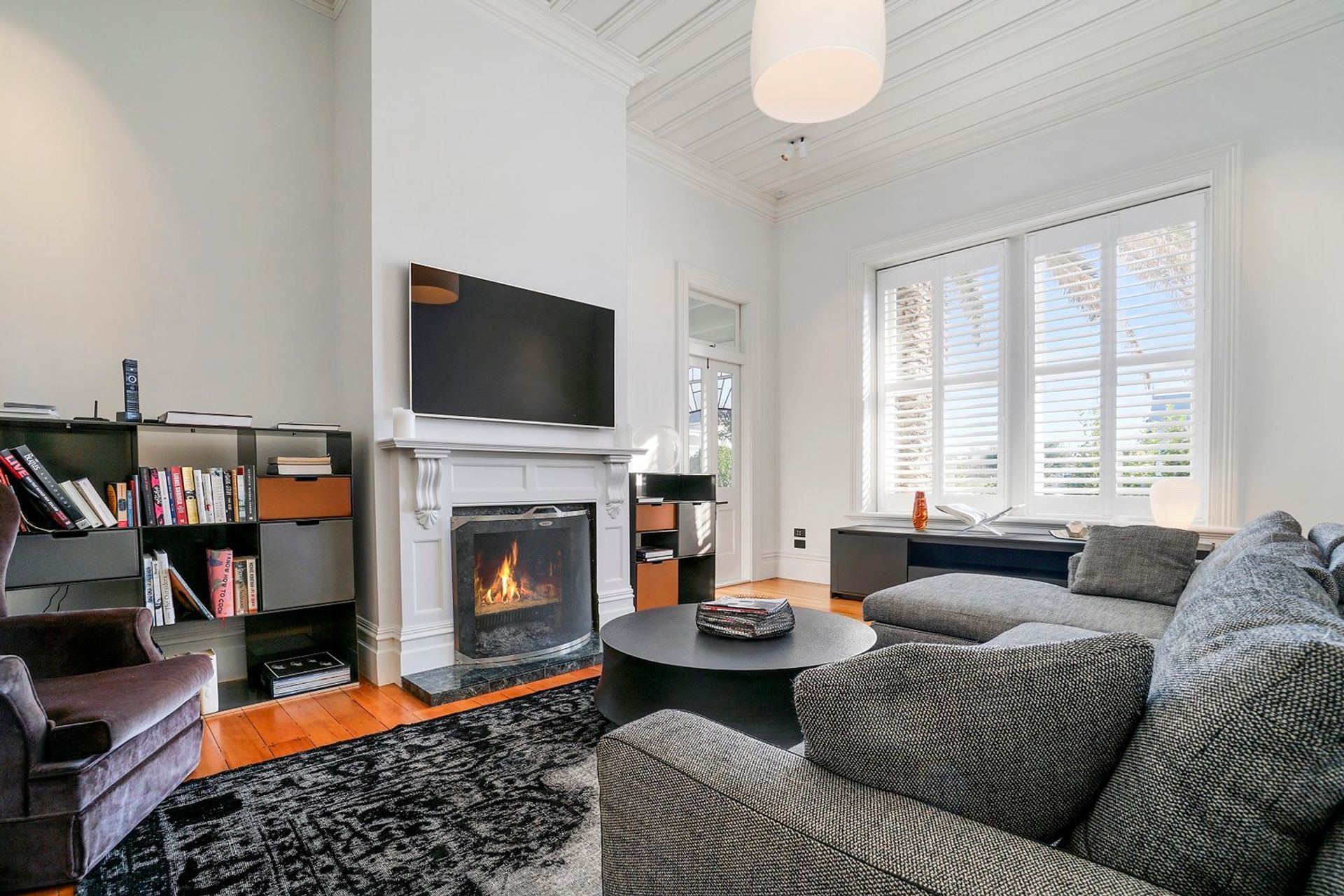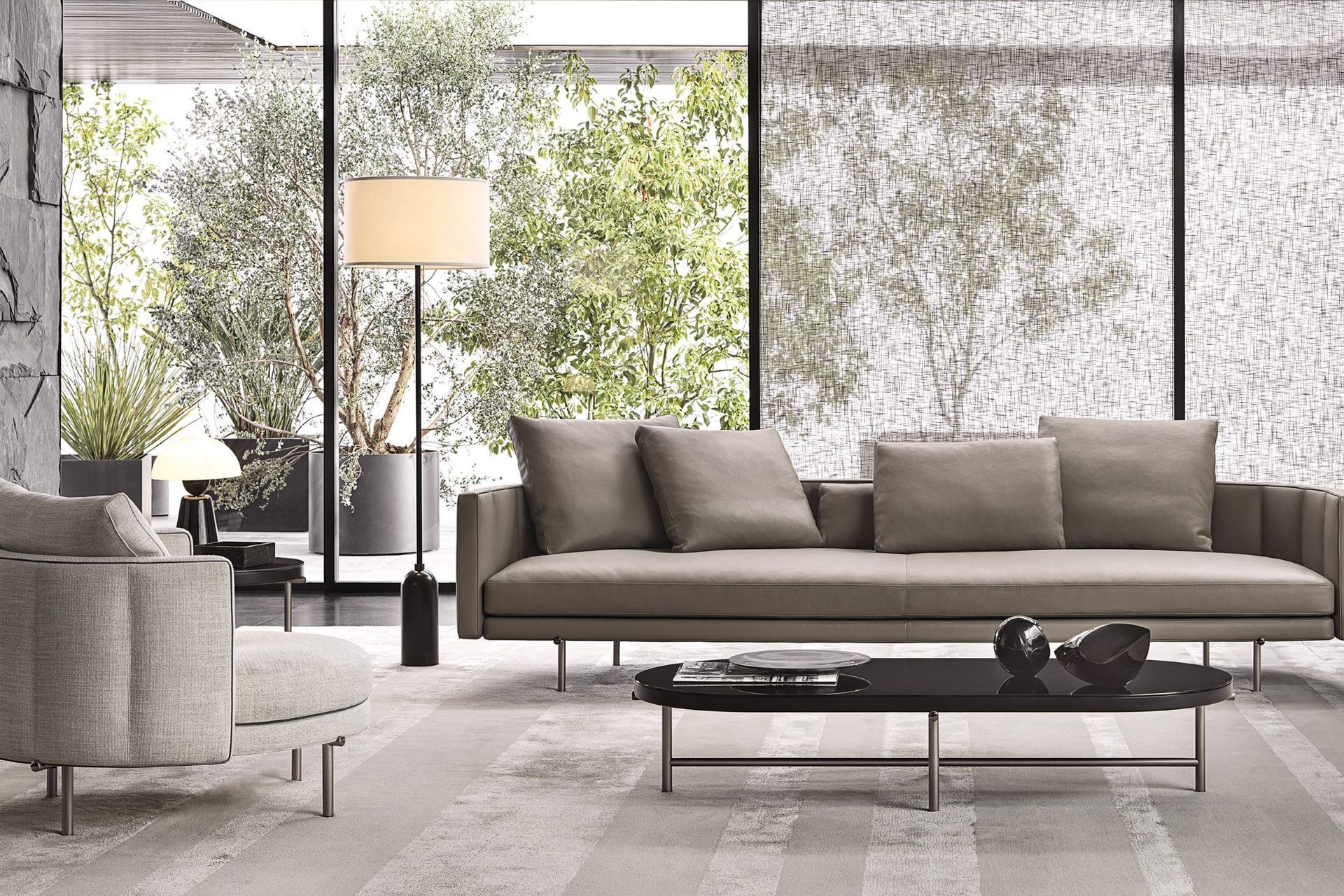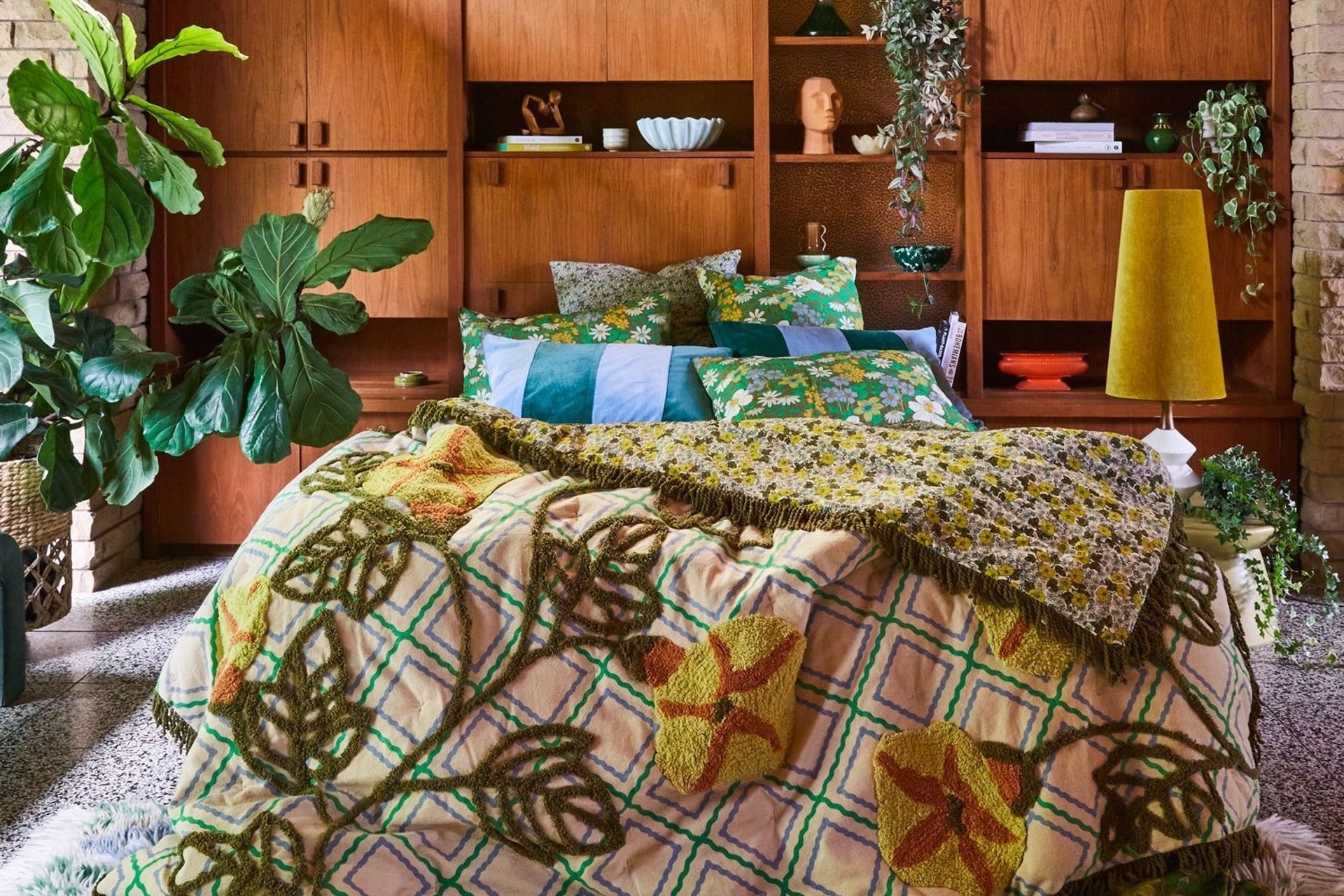Crafting comfort: A step-by-step guide to decorating your new home
Written by
27 September 2023
•
12 min read
While decorating a new home requires a bit of time and effort, it can also be a fun and exciting journey to go through. It's something that is personal, drawing on your tastes and preferences, but also something that will impact your day-to-day life with decisions that will improve the functionality of your spaces. Following a few simple steps, like the ones that follow, will help you reach your decorating goals in a timely and efficient way.
1. Set a budget and create a plan
Decorating a new home is going to cost you money and possibly a substantial amount of it but by setting a budget and creating a plan, you can retain some measure of control to avoid costs spiralling out of control.
i) Establish a realistic budget
Knowing how much you have to spend is an important first step that allows you to budget and plan accordingly. The average cost to decorate a new home in New Zealand can vary widely but some recommend setting a budget of around 10-15% of the value of your home. This is a fairly loose calculation so it's often better to find a figure that you can manage financially, with about a 10% contingency to accommodate unexpected costs.
ii) Prioritise your needs and allocate money appropriately
Once you have your budget, it's important to prioritise what you need first. There are certain furniture items, like tables, chairs, beds, etc. that every house must have. These costs should be researched to see how much additional money have for everything else. Depending on your financial situation, you may want to take it one room at a time, spreading the costs over a longer period of time.
When you've set your budget and are ready to start spending, be sure to track and record everything as you go so you can make adjustments along the way if needed.
2. Understand your spaces
Your new home will have its own unique layout that you'll have to work around when decorating each space. It's important to have a good understanding of how space works in the context of decorating before any decisions are made.
i) Assessing the size and layout of your rooms
Size and layout play a huge role when decorating for practical and aesthetic reasons. It impacts the size of the furnishings that can be accommodated in a way that works physically and proportionally. The layout is vital for flow, functionality and spatial perception. For example, making sure you have enough room to manoeuvre in and around your furnishings will impact where and how you use the space you have.
ii) Taking note of architectural details and features
The architectural features in a room are another fixed aspect of your home that will inform your decor choices and decisions. Things like fireplaces, built-in shelving, lighting fixtures, bay windows etc. are examples that can dictate the arrangement and styles of other pieces. Again, being mindful of this from the outset will allow you to choose complementary options for a more cohesive and harmonious look.
3. Find your preferred interior design style
There are literally thousands of different products to choose from when you have an entire home to decorate which can make it tricky to know where to start. Having an interior design style to base your choices on will narrow your options down and give you stylistic direction too.
i) Choose a style that suits your tastes, lifestyle and surroundings
When considering an interior design style, it's not entirely about personal taste, though this is an important part of it. The type of life you lead and the nature of your household make it a practical decision too. For instance, a minimalistic aesthetic is a popular contemporary choice but if you live in a household with a young family, it may be a struggle to maintain the look. In such cases, something more rustic and relaxed, like a farmhouse aesthetic, might be more appropriate.
Your home's surroundings can also be a factor. For example, if you have built a house by the sea, a coastal interior design style would be a natural choice to consider. If you have built a home close to the city, a modern industrial style might feel more suitable. A holistic approach that encompasses all these elements will more likely deliver a better overall look and feel to your home.
4. Think carefully about colour
The good thing about choosing an interior design style is that the choice will help inform your colour choices — a very important matter to have some certainty about when decorating your home.
i) The importance of choosing a colour scheme
Choosing a colour scheme is fundamental to achieving a pleasing aesthetic and ambience. Used consistently throughout, it will create a cohesive look that will flow through your home.
Popular colour schemes include:
Monochromatic colour scheme: Variations of the same colour.
Neutral colour scheme: Variations of shades of white, beige, grey, and black.
Warm colour scheme: Variations of yellows, oranges, reds, and browns.
Cool colour scheme: Variations of blues, greens and purples.
Each colour scheme imparts its own feeling in a home in different ways and knowing this will help you effectively manipulate the mood you want to establish.
5. Get the basics of furniture buying right
Much of your budget will be spent on furniture items and a lot of your time will be spent using them, so you must absolutely get the basics right before buying them.
i) Measure everything before you buy
You'd be surprised how many people overlook this step but it's vital to get the measuring tapes out to make sure you have enough space for the furnishing as well as space to move around it. For example, you should give yourself 90cm of clearance around a dining table when picking a piece out for a dining room. You'll also want to be sure you can get it into the house if it comes in one piece (another mistake that can catch people out).
ii) Make sure you have your key pieces covered
Prioritising your main pieces of furniture is crucial, especially when working within a tight budget. The room-by-room approach is often the best one to take as every home is different to the next.
In saying this, there are definitely some universal items that most homes share like the following examples:
Living room: Sofa, coffee table and possibly additional seating, side tables and an entertainment unit.
Dining room: Dining table and dining chairs.
Bedroom: Bed and storage solutions like beside tables, wardrobe or closet.
Kitchen: Kitchen cabinets for storage.
Home office: Office desk and chair.
6. Try different textiles and textures
There's a tactile element to home decorating that professional interior designers will tell you is incredibly important to the look and feel of a space. This can be articulated and controlled through our choice of window treatments, rugs, upholstered furniture and more.
i) Consider your curtains, couches and cushions carefully
The three 'C's of curtains, couches and cushions can add a lot of tactile character to an entire space if done well. What's more, there are a variety of ways to do so. For example, light and airy sheer curtains can make a space feel bright and relaxed. In comparison, heavy drapes instantly add an air of elegance and formality.
The material choices of a couch can be equally contrasting. A leather couch immediately evokes luxury and sophistication while a fabric couch inspires warmth and inviting vibes. Cushions work wonderfully with couches of any type, as you can coordinate your choice of both colour and texture in many different ways.
ii) Embrace patterns and textures
Patterns and textures are a great way of creating a focal point in a room as well as an effective way to add more visual interest to a space.
Patterns can carry emotional resonance through their design so can help you with ambience. It could be a pattern with motifs of nature that make a space feel vibrant and fresh. It could be a geometric design for a dynamic, contemporary aesthetic. The range of choices here is vast.
Textures speak directly to touch in many respects, which impact how we feel in a space. To quote an earlier example, the feeling you get from sitting on a textured fabric sofa is completely different to that of a taut leather sofa. Again the choices here are vast with something for everyone.
Related article: Leather or fabric sofas: advantages, disadvantages and more
7. Don't forget about wall decor and art
As far as home decorating tips go, this is a good one because of the fact that it is often only considered as an afterthought when it should be included in your thinking from the outset.
i) Choosing the right wall colour or wallpaper
Your walls should be looked on like a blank canvas just waiting for inspiration and colour and wallpaper provide great opportunities for this. Thankfully, much of what has been already discussed about colour schemes, patterns and textures can be directly applied here. Both should be thought about in terms of the aesthetic and the moods they create.
ii) Personalise your space with paintings, prints and photographs
Original art, prints and photographs are a great way to personalise your living spaces. They can convey who you are as an individual, reflecting your passions, interests and artistic tastes and can also add ambience. Photos of natural landscapes are popular as they can be visually striking and welcoming. Abstract paintings, on the other hand, can be an edgy, artistic addition that can add drama and intrigue to a space, acting as a conversation piece for you and your guests.
8. Light with style and purpose
The relationship between lighting and decor is very close and is something you need to acknowledge as part of your planning. While the fundamental purpose of lighting is functional, the choices you make will completely change the look of your space too.
i) Satisfy your ambient, task and accent lighting needs
There are three main types of lighting that work together to create a well-rounded lighting design. These are:
Ambient lighting: The largest source, usually from ceiling fixtures filling the room with light.
Task lighting: Often floor or table lamps, they provide extra lighting for specific tasks like cooking or reading.
Accent lighting: Provides highlights of light, often to specific decor features like sculptures and ornaments or wall art.
Making sure you cover all three types of lighting will mean all your bases are covered from a functional and aesthetic point of view.
ii) Be mindful of colour temperature and tone
Light also has an aesthetic quality when it comes to tone and colour temperature which can influence a space in different ways. The main types of bulbs include:
Warm colour temperature bulbs (below 3000K): These help create a warm and inviting atmosphere that will bring out warm colours in your decor (oranges, reds and yellows).
Cool colour temperature bulbs (above 4000K): Closer to daylight, cool temperature bulbs provide good visibility and will enhance cooler colours in your decor (blues, greens and purples).
Neutral colour temperature bulbs (between 3000-4000K): A middle-ground option that will light your spaces without imparting a distinctive warm or cool tone.
Related article: How to brighten a bedroom — 13 stylish tips

9. Incorporate plants and nature
One of the easiest ways to decorate your home is to incorporate plants and nature into your rooms and there are many compelling benefits for doing so.
i) The benefits of indoor plants
Indoor plants can add so much value in many different ways. There are well-documented benefits of plants improving the air quality of indoor spaces, and making them feel fresh. They also bring a sense of vitality, representing life and nature. Visually, they also act as great accent pieces with their pops of green adding pockets of vibrant colour that will instantly draw the eye.
ii) Look at the decorative qualities of pots and planters
Indoor plants also live in pots and planters that are decorative objects in their own right with plenty of interesting designs and styles to consider. This is a really great opportunity to include a unique element that will stand out and make your room feel just a little bit different.
10. Add personal touches that are meaningful to you
It's important to remember that the personal touches are what make a house a home. Incorporating items that are meaningful to you is therefore an important part of being comfortable in your own space.
i) Decorate with personal memorabilia and family heirlooms
Personal memorabilia and family heirlooms are a great reminder of what's important to you, evoking cherished memories both past and present. These can be as simple as nicely framed photos from events in your life. They can also be items you've collected over time, reflecting passions and interests.
These personal touches will be different for everyone which in many ways is what makes them so special. It signifies what is uniquely personal to you and your heritage bringing passion and pride. It also often represents the very best in you, which is a nice sentiment to feel in a space that will make your guests feel welcomed as you share what has been meaningful in your life.
Decorating your new home with confidence and style
As you can see these home decorating tips make a lot of sense when laid out in front of you and are simple enough to follow and implement too. Over time, you'll find your lifestyle, interests and priorities change so you may go through this process a few times but as long as you think about both form, function and feeling, you'll find you make decorating decisions that will serve you well for many years to come.
Related article: How to decorate a living room: Tips for chic styling







